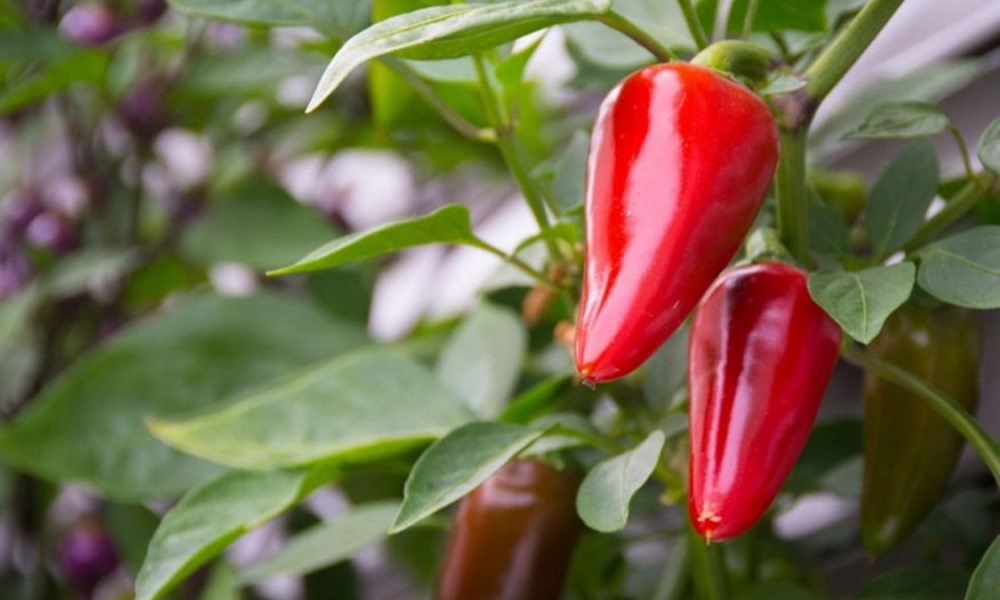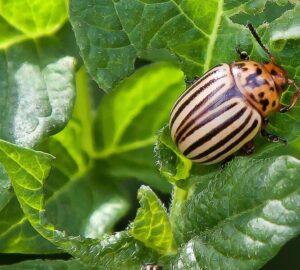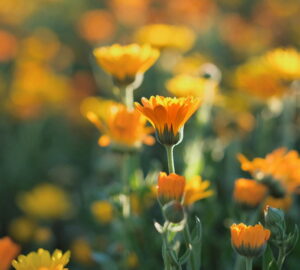Pepper plants, beloved by hobby gardeners for their vibrant colors and spicy flavors, are often treated as annuals. However, with a little care and the right approach, you can extend their lifespan to several years. Overwintering pepper plants is the key, and it not only keeps your plants alive but can also lead to faster fruit production. In this guide, we’ll show you how to properly overwinter your pepper plants for a more bountiful harvest in the following seasons.
Pepper plants have the potential to flourish for multiple years, provided they receive proper care during the winter months. Interestingly, older pepper plants not only thrive faster but also yield a more bountiful crop! If you’re an enthusiastic hobby gardener, don’t dismiss peppers as mere annuals. With a touch of attention, you can successfully overwinter them indoors. This technique demands a degree of skill, yet if you have a preferred variety like chili peppers, mastering overwintering can offer a significant advantage for the upcoming season while substantially elongating the plant’s growth period. Let’s delve into the world of successfully overwintering peppers!
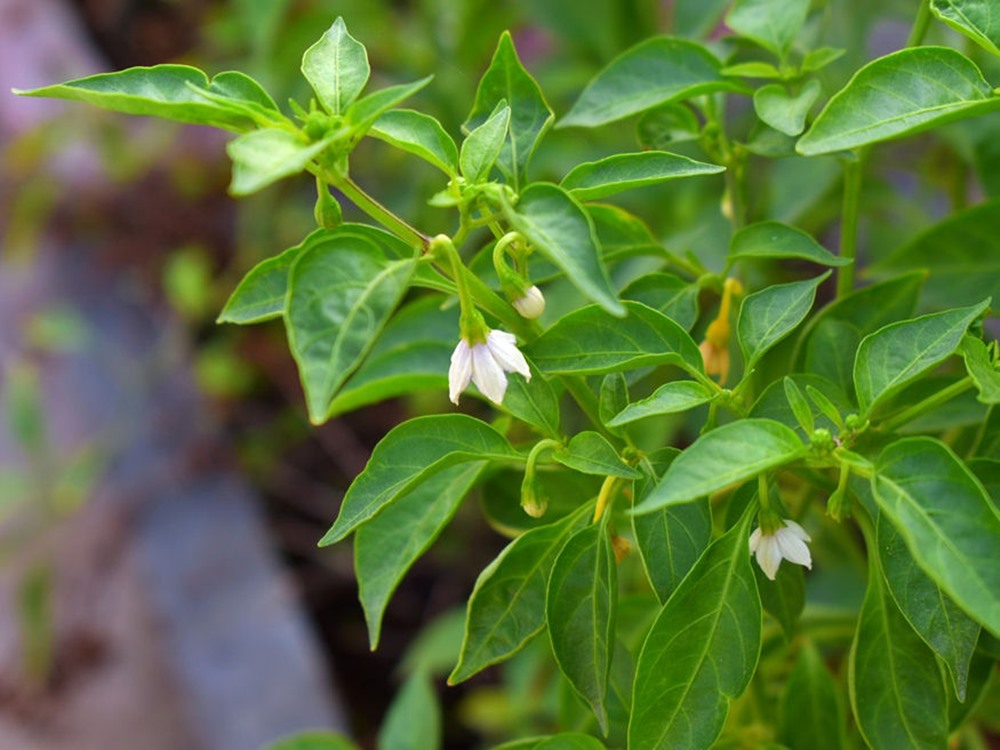
The Art of Overwintering Peppers
Preserving the Plant’s Vitality
Before delving into the specifics, it’s essential to understand that while overwintering can keep your pepper plant alive, it won’t produce fruit during this period. Peppers require a specific temperature and light conditions that most homes can’t offer during winter. If your goal is to harvest peppers throughout winter, you’ll need access to a greenhouse along with artificial lighting.
Step 1: Bring Indoors and Prep
Begin the overwintering process by bringing the plant indoors. Give it a thorough cleanse with a gentle water spray to eliminate any hidden pests on the leaves. Simultaneously, remove all fruits from the plant, irrespective of their ripeness.
Step 2: Finding the Right Spot
Locate a cool and dry location to house the plants for the winter. The ideal temperature hovers around 13°C (55°F), making a garage or a house-connected shed an ideal choice. Since peppers don’t demand excessive light during the overwintering period, a spot near a window or beneath a fluorescent lamp offers sufficient illumination.
Step 3: Adjusted Watering
Following the relocation, decrease the watering frequency. Pepper plants require significantly less water during winter than in summer. Aim for watering every 3-4 weeks, ensuring not to let the plants sit in stagnant water or dry out entirely.
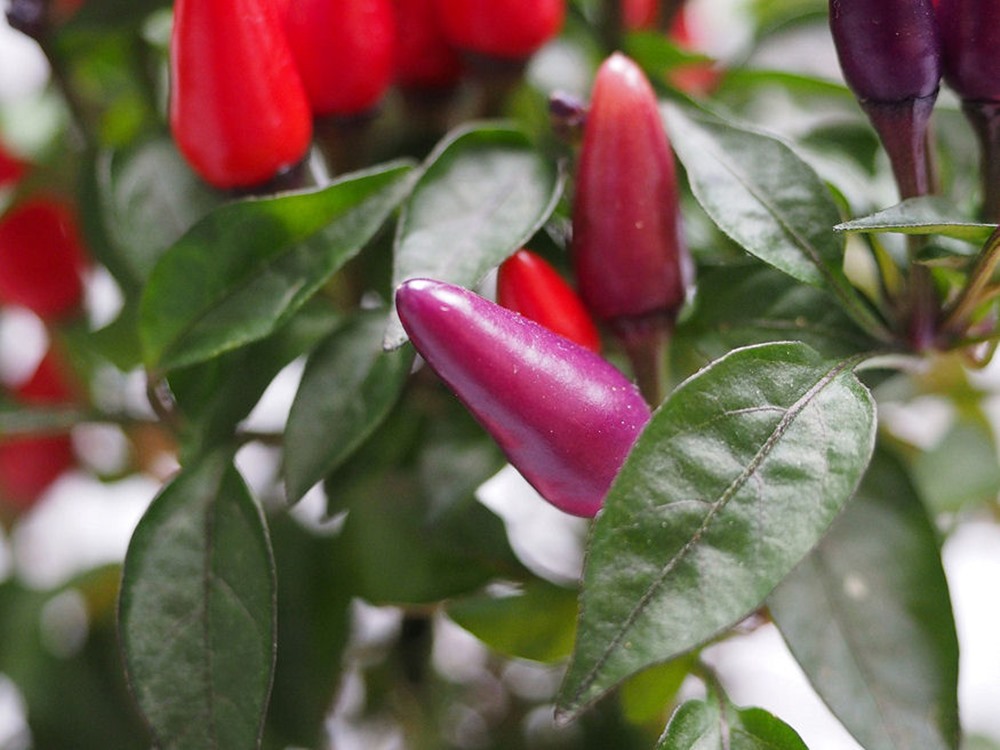
Step 4: Dormancy and Pruning
As the plant adjusts to its new environment and reduced water intake, you’ll notice the leaves starting to wither. Don’t be alarmed; this is a natural process indicating the plant’s entry into dormancy, much like outdoor trees during winter. After this stage, trim back the pepper plant’s branches. Leave a few larger Y-shaped shoots with upper branches of about 3-5 cm (1-2 inches). This not only removes dead leaves but also mitigates pest vulnerability while fostering the development of new shoots in the upcoming spring.
Step 5: Transitioning to Spring
Roughly a month ahead of the final frost date, usually around mid-April, transfer the pepper plant from its cold abode to a warmer, brighter location. If necessary, consider placing a heating pad beneath the pot. Gradually increase watering frequency, taking care not to overwater. In about a week’s time, you’ll start witnessing the emergence of new shoots, signifying the plant’s resurgence.
The Variable Success
Even with meticulous adherence to these steps, it’s important to acknowledge that certain pepper varieties might struggle to survive the winter using this technique. Nevertheless, for those that do flourish, the rewards are ample – a remarkable harvest that’s a testament to your diligent efforts!
Incorporating Biodiversity: A Key to Pepper Plant Health
An additional vital aspect to bolstering the health of your pepper plants is introducing biodiversity to your garden. Planting companion herbs like basil, oregano or even marigolds can attract beneficial insects while deterring pests, creating a balanced and thriving garden ecosystem that supports your pepper plants’ growth and resilience.
Summary
Unlock the potential of your pepper plants by embracing the art of overwintering. Transforming them into multi-year producers requires a thoughtful process of transitioning, adjusting care routines and welcoming their dormancy. While success might vary depending on the pepper variety, your dedication is sure to be rewarded with an exceptional harvest that makes the entire endeavor worthwhile. So, don’t just let your pepper plants survive; let them thrive across seasons, showcasing your gardening prowess.



